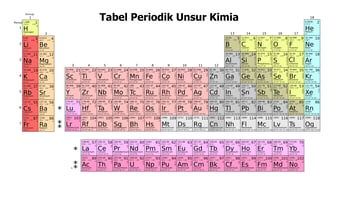Lantanum 1. Basic Information Atomic Number 57 Symbol La Atomic Weight 138.91 g/mol Category Rare...
Lead
Comprehensive Summary on Lead (Pb)
1. Basic Information
| Atomic Number | 82 |
| Symbol | Pb |
| Atomic Weight | 207.2 g/mol |
| Category | Heavy Metal |
.png)
| Atomic Number | 82 |
| Symbol | Pb |
| Atomic Weight | 207.2 g/mol |
| Category | Heavy Metal |

Lantanum 1. Basic Information Atomic Number 57 Symbol La Atomic Weight 138.91 g/mol Category Rare...

Rutherfordium (Rf) 1. Basic Information Property Value Atomic Number 104 Symbol Rf Atomic Weight...

Erbium (Er) 1. Basic Information Atomic Number 68 Symbol Er Atomic Weight 167.26 g/mol Category...